I couldn't find a clean way to dynamically add separators to a menu when using bindings. The easiest (and most reusable) way I've found is to use an NSMenuDelegate to dynamically swap out NSMenuItems with a specific title like @"---" with separator items in the menuNeedsUpdate: delegate method.
Step 1:
Create an NSObject that conforms to NSMenuDelegate protocol
#import <Cocoa/Cocoa.h>
@interface SeparatorMenuDelegate : NSObject <NSMenuDelegate>
@end
@implementation SeparatorMenuDelegate
-(void)menuNeedsUpdate:(NSMenu *)menu {
NSArray* fakeSeparators = [[menu itemArray] filteredArrayUsingPredicate:[NSPredicate predicateWithFormat:@"title == '---'"]];
for (NSMenuItem* fakeSep in fakeSeparators) {
[menu insertItem:[NSMenuItem separatorItem] atIndex:[menu indexOfItem:fakeSep]];
[menu removeItem:fakeSep];
}
}
@end
Step 2: Link things up in Interface Builder.
Drag out an Object into the scene that contains the NSPopupButton instance.

Set the object's class to SeparatorMenuDelegate

Twirl open the NSPopupButton control in the Document Outline and select the Menu inside it. Then set the delegate for the Menu to the SeparatorMenuDelegate object that you dragged in earlier.

After this, all items in the menu with a title of @"---" will be converted to separator items.
If you have multiple NSPopupButton instances in the same scene, you can set the delegate of their Menu to the same object (you only need one SeparatorMenuDelegate per scene).


